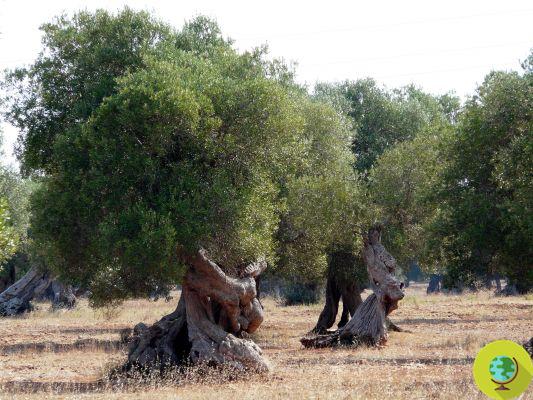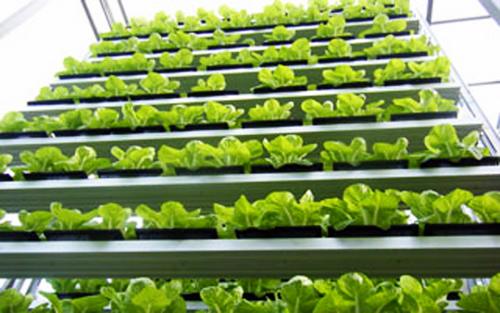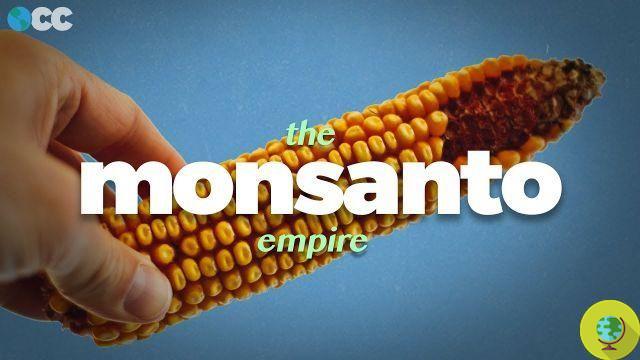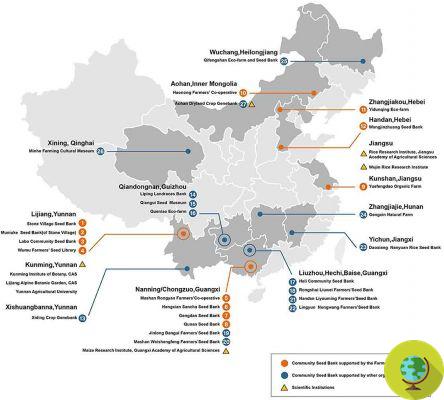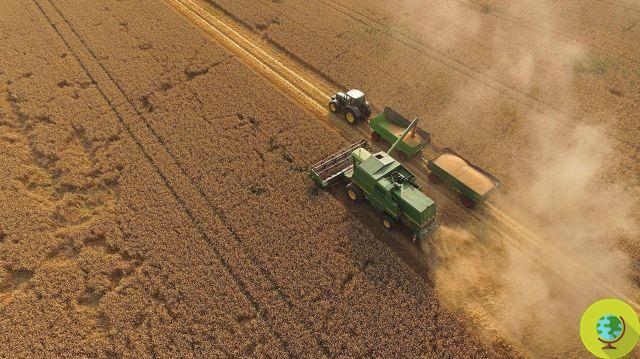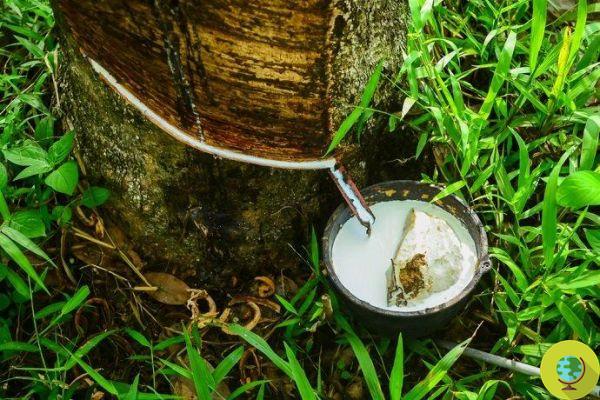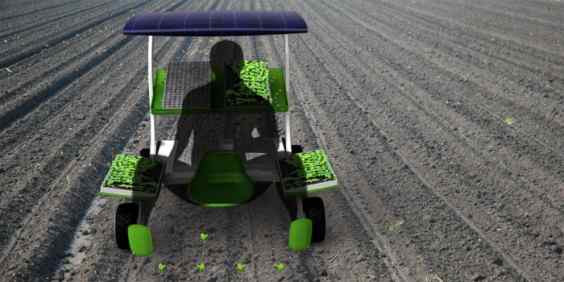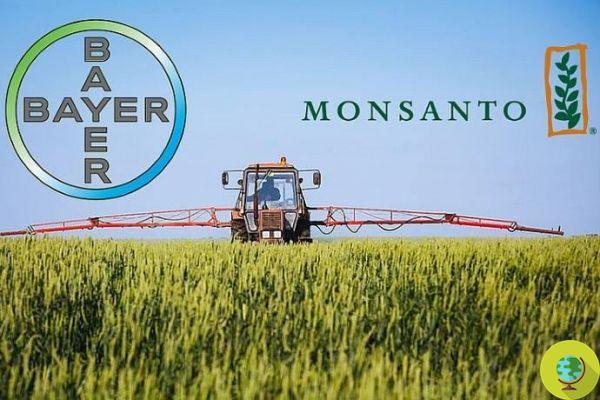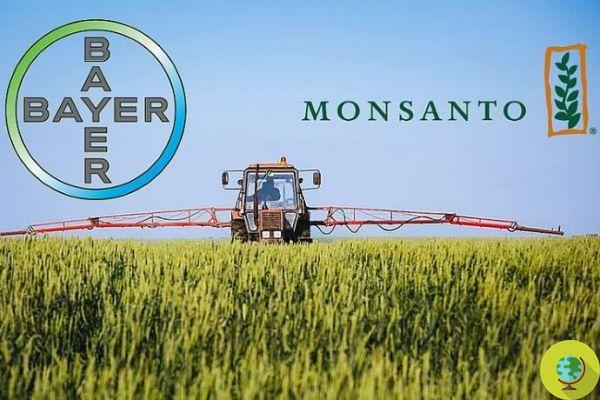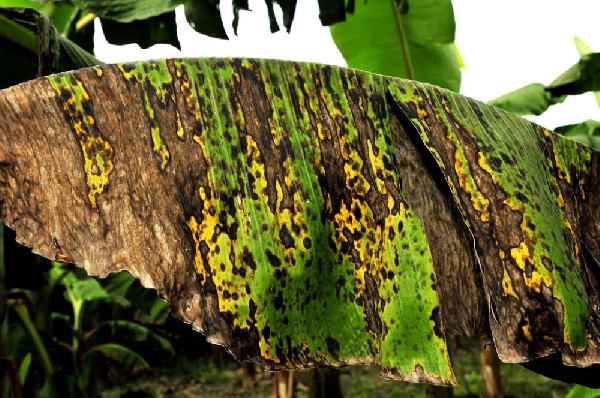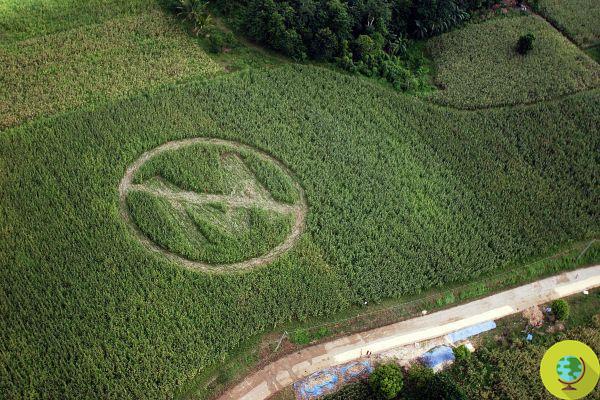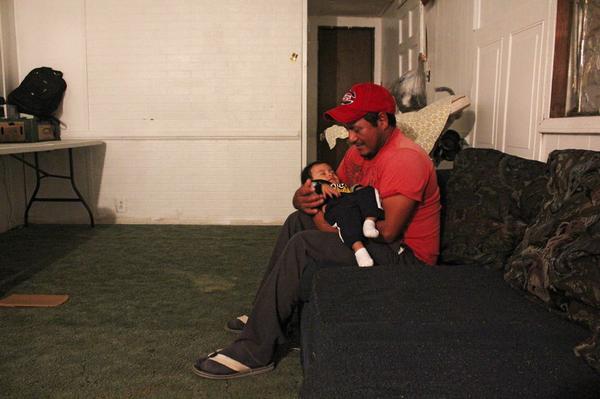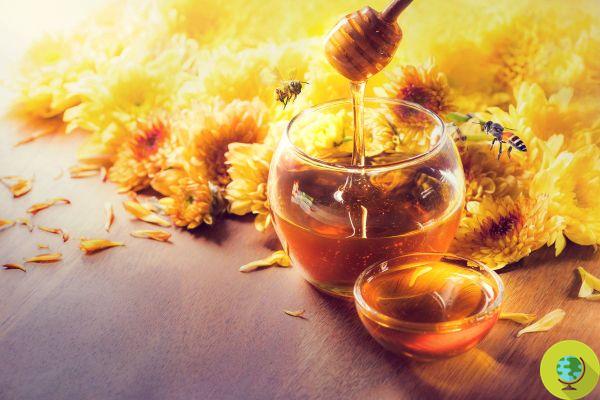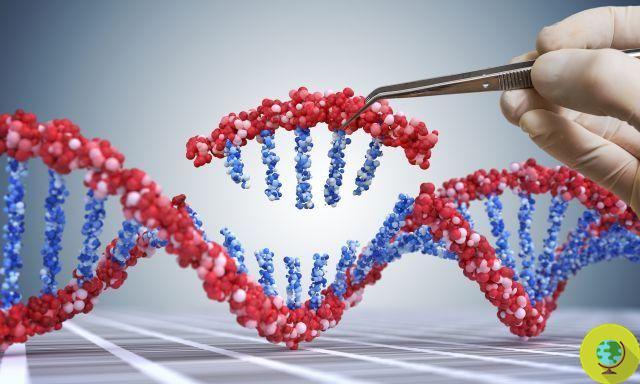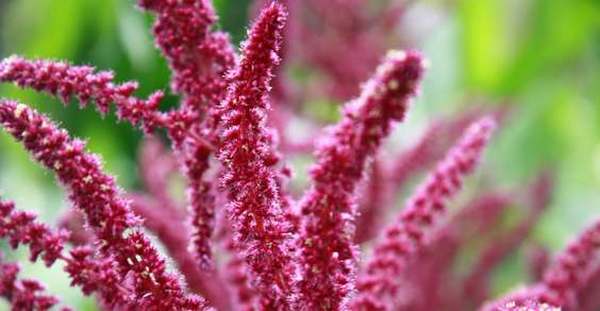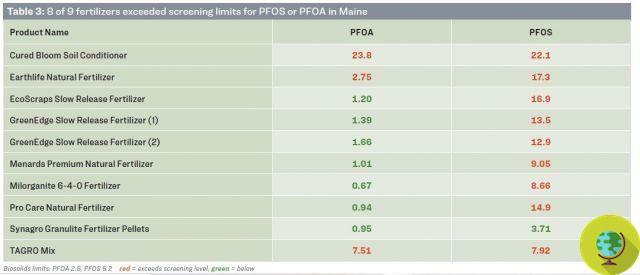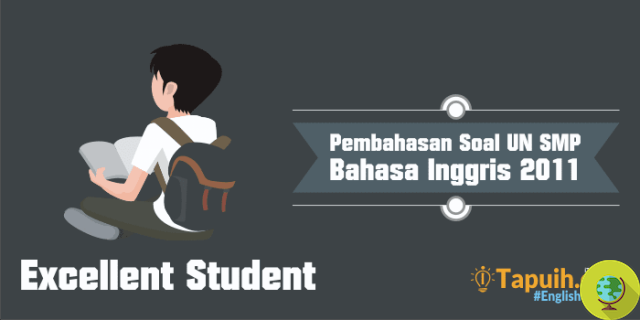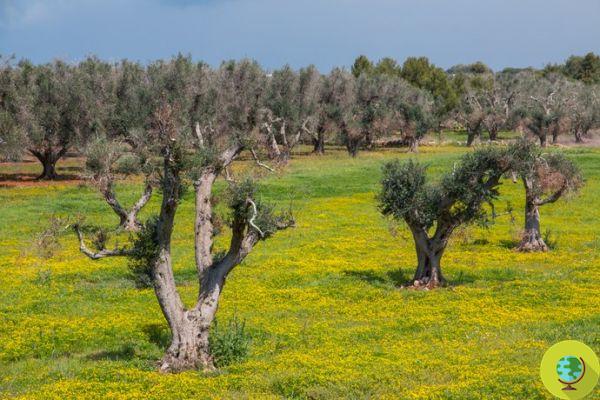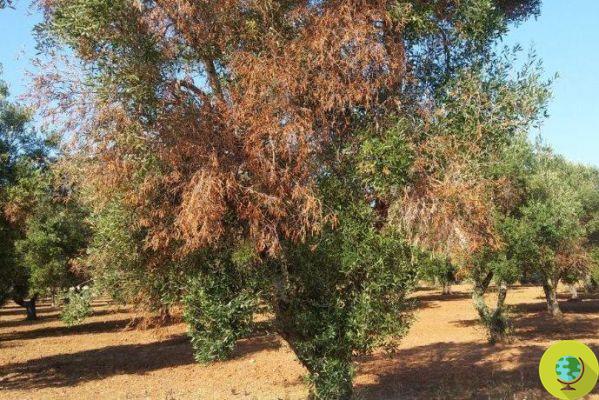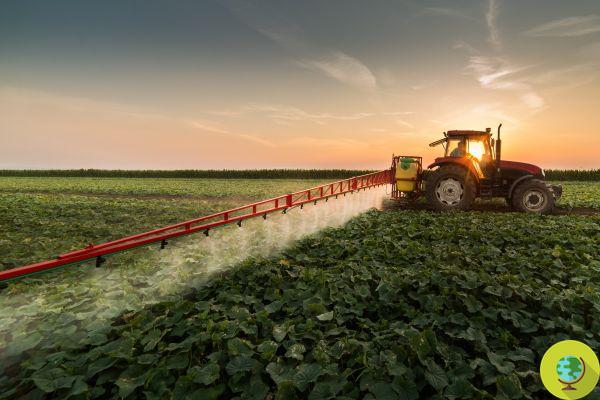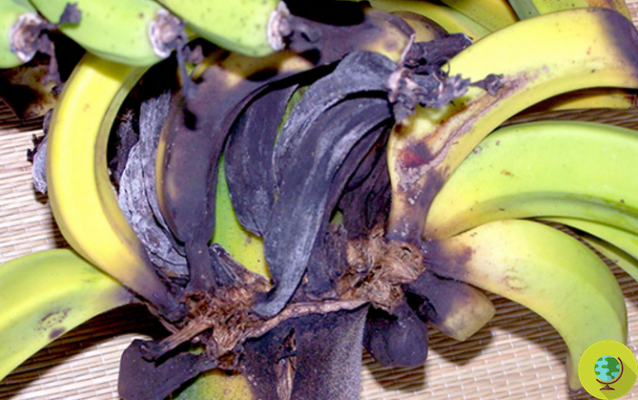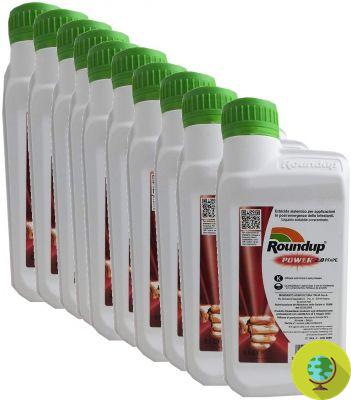What is the human cost of growing GMOs and using toxic substances in agriculture? The photojournalist Pablo Ernesto Piovano shows it to the world in the reportage El costo humano de los agrotoxicos.
He is about to end up run over, his mother saves him
What is the human cost area of cultivation of GMOs and the use of toxic substances in agriculture? The photojournalist Pablo Ernesto Piovano he shows it to the world in his reportage The human cost of pesticides.
Piovano lives in Buenos Aires, Argentina, and in recent years he has witnessed the consequences on the population of the cultivation of GMOs and the consequent use of toxic herbicides, starting from glyphosate, with which the herbicide is produced RoundUp di Monsanto.
In 1996, the Argentine government approved the cultivation of Monsanto's GM soybean. From that moment on, the widespread use of glyphosate-based herbicides, to which GMO soybeans are resistant, began with the intention of eliminating weeds without harming soybean crops.
However, Piovano's photographs highlight the dark side of the widespread use of a substance such as glyphosate, which theWHO new he classified among the probable carcinogens for man.
Argentina became the second largest producer of GMO crops in the world and in the last 10 years the cases of cancer in pediatric age they tripled. To this are added spontaneous abortions and unexplained malformations, in continuous increase. Skin diseases, mental disabilities and epilepsy have spread among the population living in GMO cultivation areas with the use of toxic substances.
Yet, faced with such serious tragedies, the world is silent. The hope is that these images can help us open our eyes. In Argentina, the consequences of the use of toxic substances in agriculture are endangering everyone, starting with children.
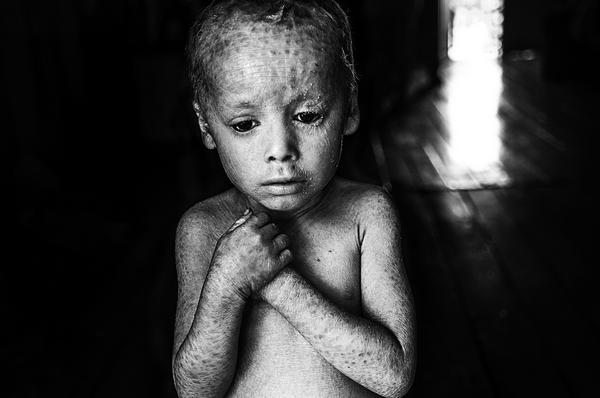
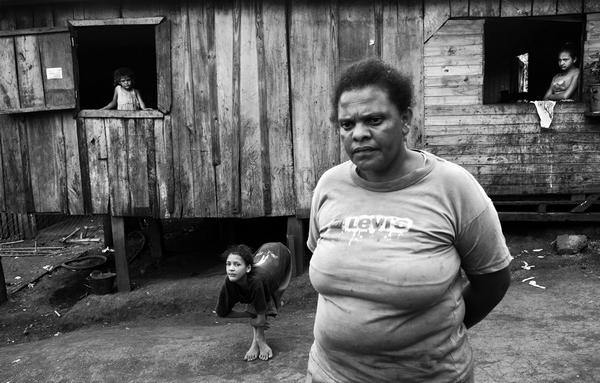
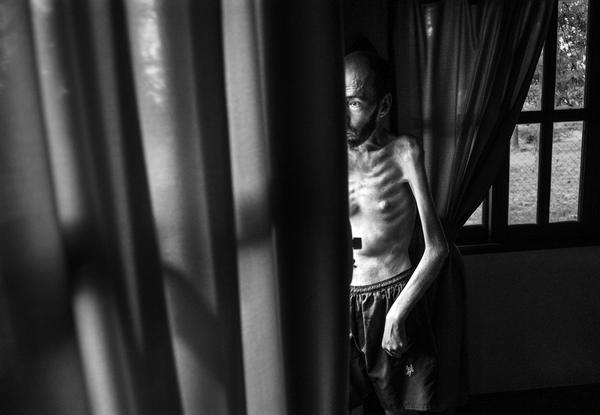
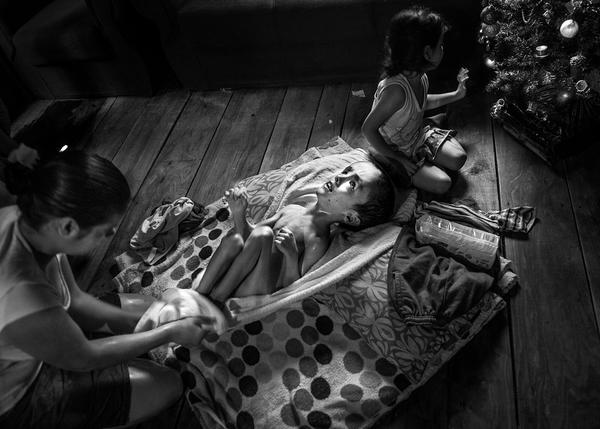
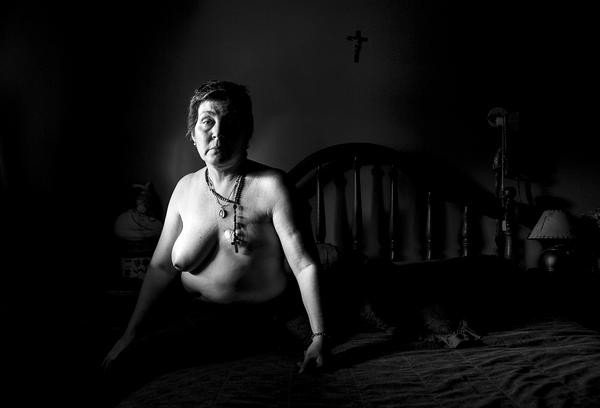
Both children and adults continue to suffer from diseases and malformations. The reportage last October was the protagonist of the Ethical Photography Festival di Lodi and helped show the world the effects on humans of the reckless use of pesticides and herbicides in agriculture.
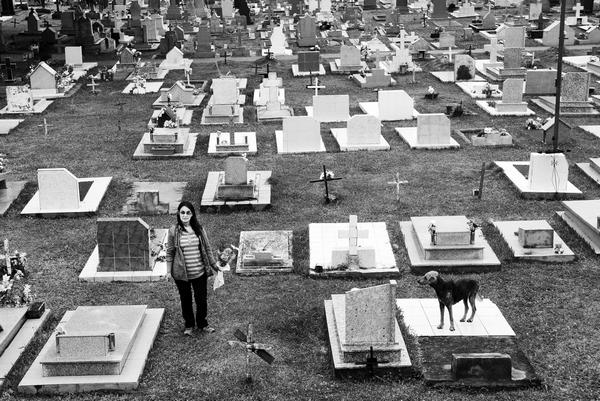
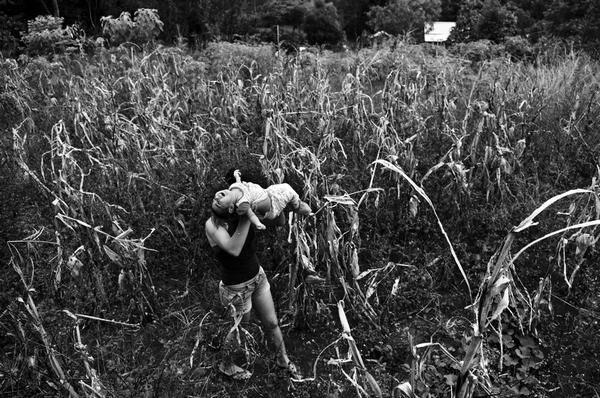

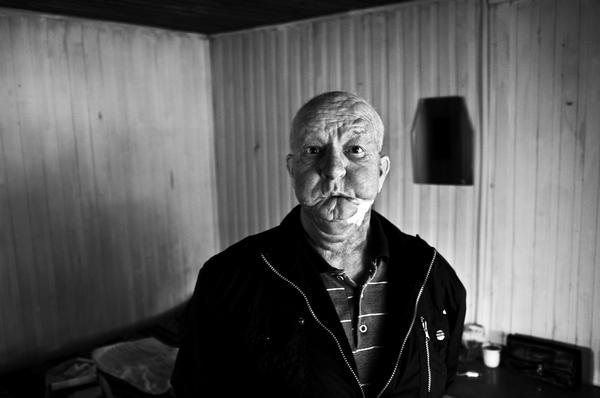
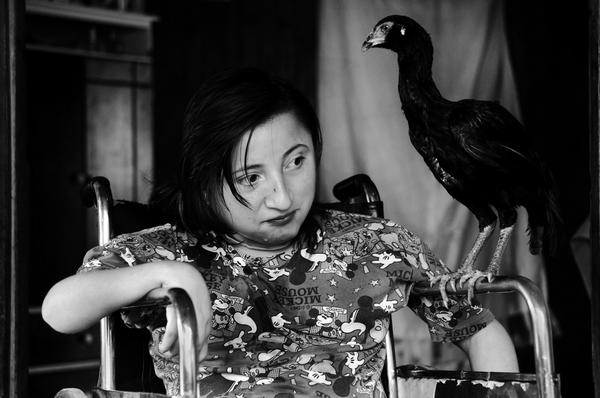
For too long the rumors of these victims of reckless progress in agriculture they remained unheard. The time has really come to open your eyes.
THU il complete reportage and more information.
Marta Albè
Photo source: Pablo Ernesto Piovano
Read also:
CARCINOGEN GLYPHOSATE: SIGN THE PETITION TO BAN THE MONSANTO HERBICIDE
WHO: 5 PESTICIDES CLASSIFIED AS CARCINOGENS FOR HUMANS
MONSANTO ROUNDUP: IS THERE A CORRELATION EVEN WITH SUPER RESISTANT BACTERIA?




